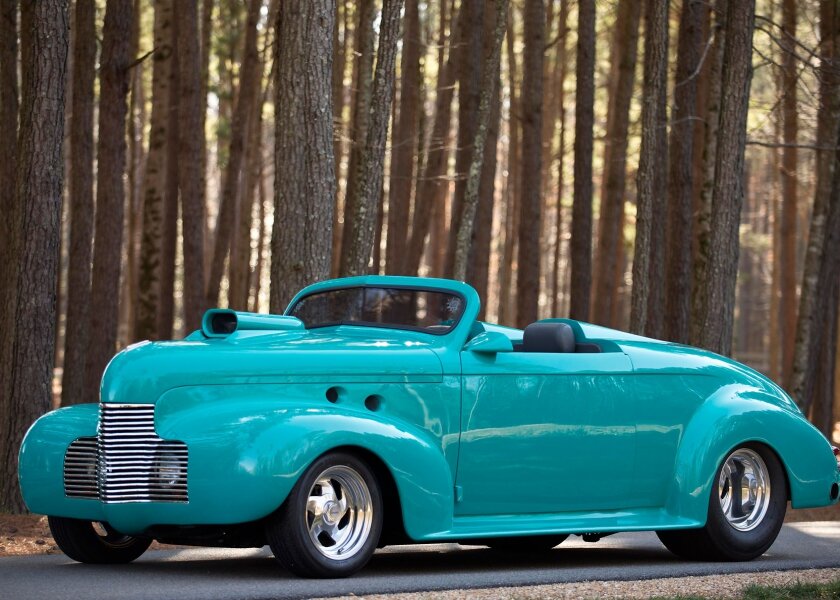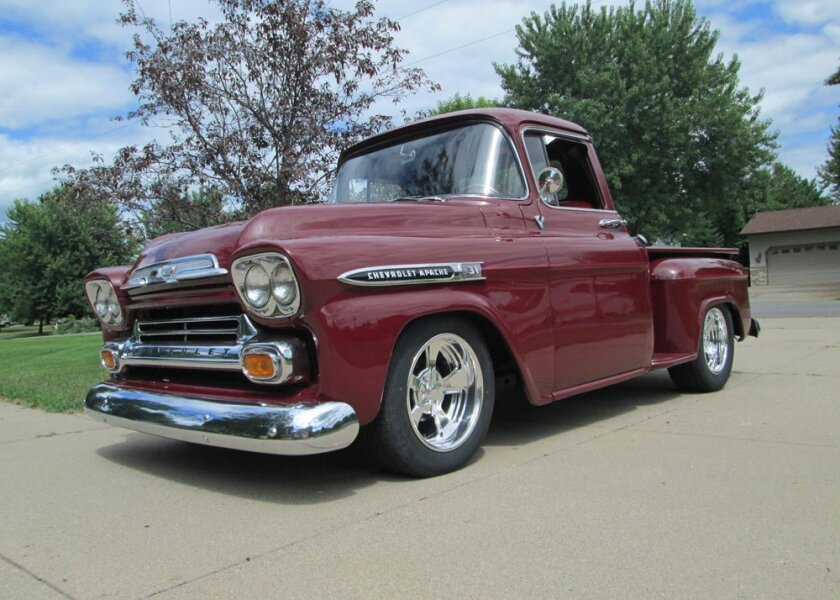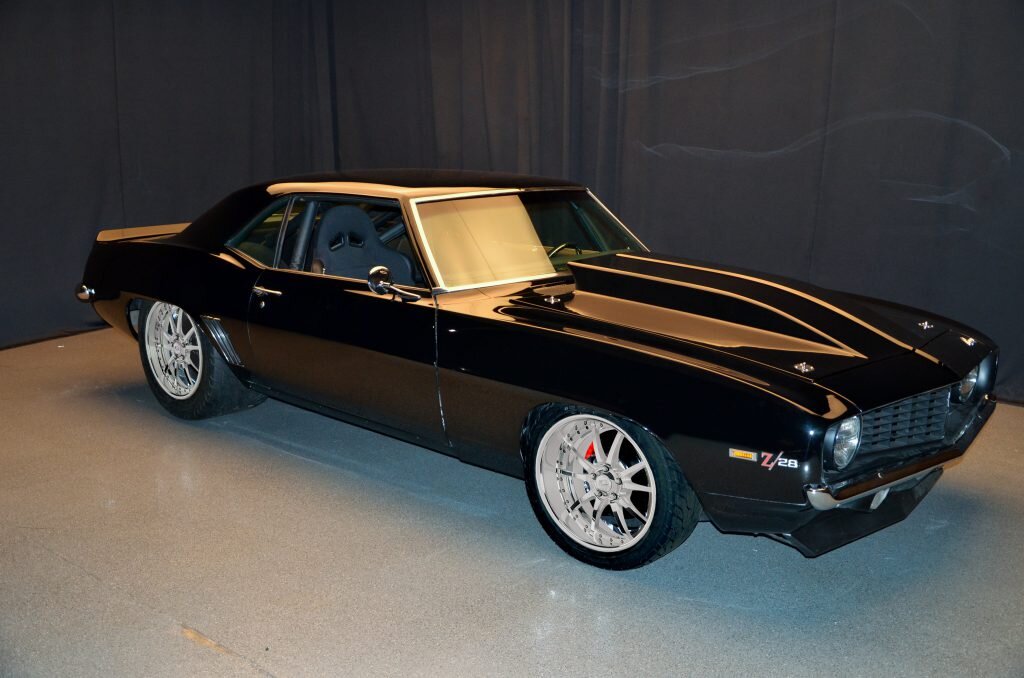1972 Plymouth Satelite GTX-R Custom

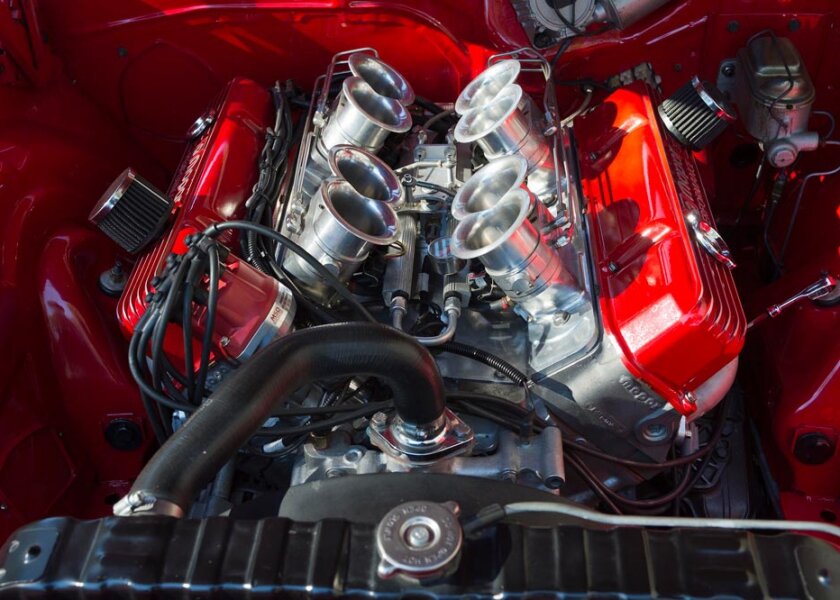
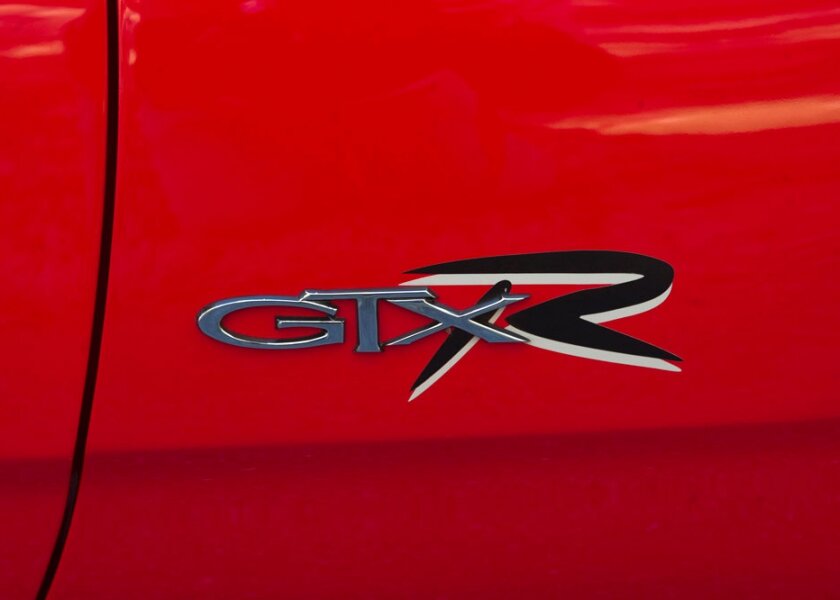
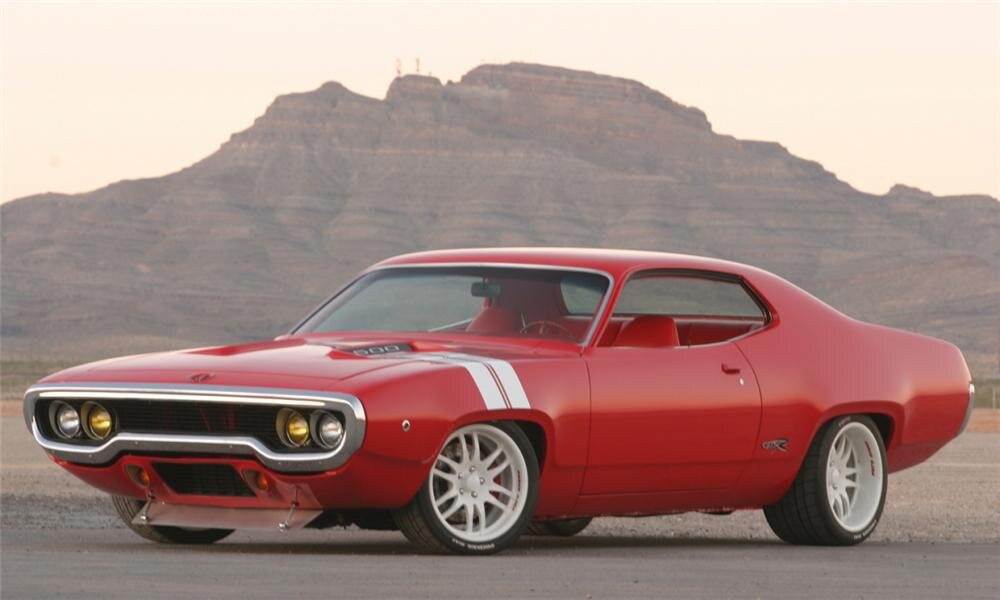
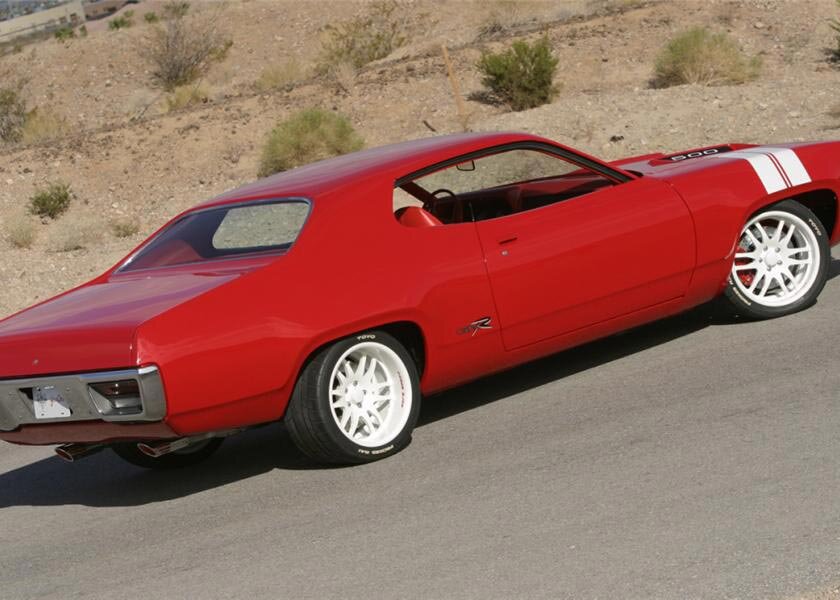
Specifications
Engine: Custom V8, fuel-injected 500cid on an after-market high nickel hemi block, Zeus aluminum stage VI heads, Eagle stroker cranks and connecting rods with Speed Pro pistons, 13.35:1 compression, handmade custom Fuel-injection with FAST fuel programmer.
Displacement: 500 cid
Transmission: 4-speed automatic with CO2 solenoid actuated paddle shifters, 8 ¾ Chrysler rear with lightweight aluminum center section (Hogs Head)
Brakes: Massive 18" custom billet wheels covering huge 4-wheel Baer disc brakes
A Little History
The Plymouth Satellite was a mid-sized car introduced in the 1965 model year as the top trim model in Plymouth’s “B” platform Belvedere line.
In 1967, Plymouth announced the Belvedere GTX, to be positioned as a “gentleman’s” muscle car.
This GTX-R was built in cooperation with Steve Strope Pure Vision design and Daimler Chrysler for the 2003 SEMA show. As part of the MOPAR performance display, the car was designed with a “what if” theme: what if Chrysler was still Trans Am racing in 72?
The Satellite name was dropped after 1974, after which Plymouth’s offerings on the “B” body chassis took on the Plymouth Fury name.
In settling on the 1972 Plymouth Satellite, Strope said: “If you look at the shape of the car – especially compared to a ’70 – it’s obvious that the designer had looked at a lot of European stuff. Flared fenders, the duct in the front, roll pans, sunken driving lights – all very curvy stuff. It’s more racer and less muscle-car than the squared-off Road Runners.”
This car features a fuel-injected 500cid wedge crate engine, aluminum stage VI heads, 4-speed automatic transmission with paddle shifters, and massive 18″ custom billet wheels covering huge 4-wheel Baer disc brakes.
Nothing on the body of the GTX-R was modified in customization. Instead, Strope’s design was founded on wheels custom-cut for the project by Bonspeed then powder-coated white – a standard Euro or compact-car trick that looks fresh on a muscle-car.
Beyond that, there are some details that may someday be referred to as standard Steve Strope tricks rubbed in for flavor: the tricky graphics, the uniquely reworked gauge faces, the striking colors, and an engine that’s seen as a design element in and of itself.



